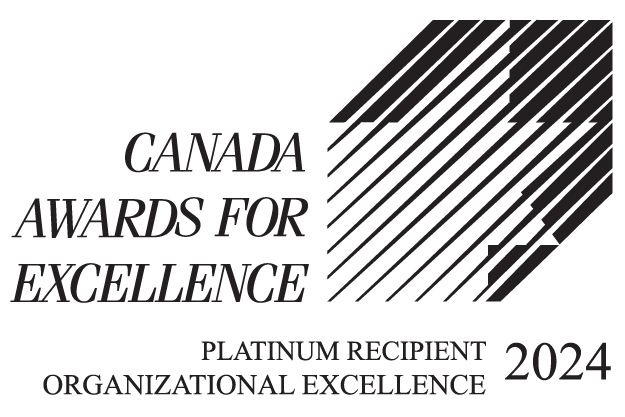

Earlier this summer, several of Canada’s engineering regulators launched a campaign to draw attention to the fraudulent use of engineering stamps and signatures, and to remind the public and those who hire engineers of the importance of verifying engineering credentials.
The Verify Before You Hire campaign is a joint effort by Engineers Nova Scotia, Engineers Geoscientists New Brunswick, Engineers PEI, and Engineers Yukon. It is a response to the real-world cases where impersonators have forged seals, signatures, digital stamps, submitted false building permit applications, and provided unsafe or unverified engineering advice.
These cases have led to regulatory investigations, legal actions, and in some cases criminal convictions. But the issue continues to be a serious concern across the country that is exacerbated by digital technologies.
“Fraudulent representation as a licensed engineer is a serious public risk, with incidents increasing as fraudsters exploit digital anonymity and verification gaps.” said Pal Mann, P.Eng., CEO and Registrar of Engineers Nova Scotia.
Mann continues, “Historically, impersonation required access to physical seals or signatures, but the increase in digital, online, and remote work has lowered barriers. Offenders can now forge digital signatures, create fake digital stamps, and operate anonymously across jurisdictions—making it easier both to commit and repeat fraud.”
In addition to public reports to engineering regulators, cases have also been discovered through online hiring platforms where forged documents are provided to clients.
The Verify Before You Hire campaign feature an anonymized but true account by an engineer who had their credentials forged. Wrote the engineer, “I never imagined I’d see my stamp on engineering documents I didn’t authorize, but that’s exactly what happened.”
For those who hire engineers it’s critical to verify licensure. In Canada, each engineering regulator hosts a public directory of registrants. Before entering into any agreement or accepting documents, individuals should confirm that the engineer they are hiring is listed publicly, in good standing, and are who they say they are. One should never rely solely on digital documents, emails, or freelance platforms for validation.
If a member of the public is concerned that someone is misrepresenting themself as an engineer, they should contact their provincial or territorial regulator who has the authority to investigate the matter. Links to each Canadian engineering regulator are on the Engineers Canada website. If criminal action is suspected, local law enforcement should also be contacted in addition to the regulatory authority.
The engineer who had their credentials forged recognizes that the problem not only risks public confidence but also safety, remarking that, “engineering is a profession built on trust. When someone violates that trust by forging a stamp or impersonating a licensed professional, they don’t just commit fraud; they endanger lives. They undermine the entire system. And they leave real engineers, like me, to pick up the pieces.”
Stamping out engineering fraud
Tackling professional impersonation demands upstream solutions. They can include:
- Mandating the use of secure digital signatures. These signatures can be tied to verified identities and are difficult to forge, reducing the likelihood of unauthorized copying or alteration.
- Municipalities, private clients, and contractors should verify the authenticity of stamps, signatures, and licenses against public registers before accepting engineering work, especially when the engagement began online or through third-party platforms.
- Continue strengthening cross-jurisdictional collaboration. Regulators are increasingly coordinating to share fraud intelligence, alert authorities in other regions, and blacklist offenders.
- More rigorous education for professionals and clients about the signs and risks of engineering impersonation is needed. This can include requests to be paid in unusual methods (e-transfers) or formats (cryptocurrency), communication through general email services like Gmail or Hotmail, or individuals who claim to be able to stamp projects in an unusually high number of jurisdictions.
- AI-driven fraud detection tools within email, document, and hiring platforms should be used to flag anomalous submissions or suspected identity fraud.
- Utilize two-factor identity verification for engineers submitting documents alongside requirements that stamped documents be uploaded only through secure, traceable portals.
- Engineering firms and clients should be diligent maintaining good security hygiene, educating staff to spot and report suspicious communications, requests, or credentialing gaps.


